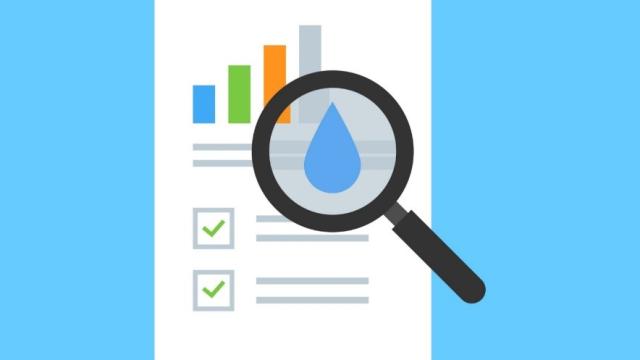In the U.S., long-term droughts have left certain regions of the county dealing with insufficient water supplies. The consequences of drought can be devastating to the future growth and profits of water-intensive businesses like food and beverage, paper manufacturing and electronics.
Knowing what's at risk, many companies are developing water conservation strategies to preserve this invaluable resource. A relatively small investment can bring about nearly 10 times the amount of savings in annual water and energy costs. In one case, a $4,000 equipment upgrade to expand free air cooling resulted in annual savings of $40,000.
Here are a few other examples of successful projects:
•A community college installed rain gardens, a solar-powered water heater, low-flow fixtures and submetering on the cooling tower for annual savings of $130,000 per year.
•A 100,000-square-foot office building saved $16,000 in annual water charges by upgrading to efficient toilets. According to the U.S. Department of Energy, about 60% of all water used in a commercial facility is used in toilets, sinks and urinals.
•Switching to a dry-machining process saved an automobile manufacturer more than 280,000 gallons of water annually for a typical 450,000-unit line.
•An electronics manufacturer eliminated a washing step for printed circuit boards, saving 20 million gallons of water annually, or more than $1 million per year.
•An upgrade to a cooling tower filtration system cost less than $100,000 to install but saves more than $60,000 in annual water and sewer costs, with a payback in less than two years.
Mitigating the Risk of a Shortage
According to Deloitte Consulting, companies must lower the risk of water shortages by becoming a steward of water. This means having the right quantity and quality of water when and where it's needed, and staying informed of changes in water pricing and allocation schemes.
To reduce risk, companies should also do the following:
•Quantify direct and indirect water footprints across the value chain
•Map the risks to operations, using tools such as the Aqueduct Water Risk Atlas
•Identify high-priority, high-return opportunities for efficiency investments
•Collaborate with local communities to stabilize and replenish water resources
•Educate internal and external stakeholders on how water factors impact business growth
•Determine if there's adequate water to support business growth
•Engage with local governments in shaping water policy
Companies understanding the potential effects of water shortages on business operations and the supply chain are positioned to develop strategies that will mitigate the risks.
We have various programs that can help your organization save water and reduce operating costs. To learn more visit the LADWP Water Conservation Rebate Program web page here.
July 2022 Connections Newsletter
From industry trends and best practices to sustainability initiatives, our monthly Connections Newsletter provides valuable insights, updates, and resources to support our large business customers.
